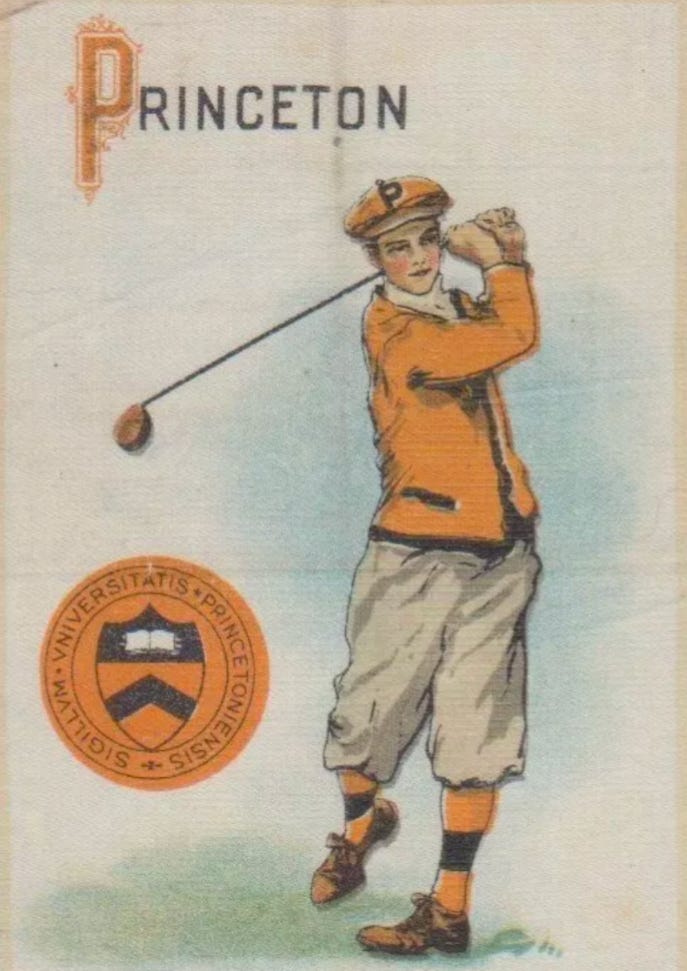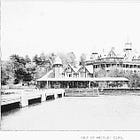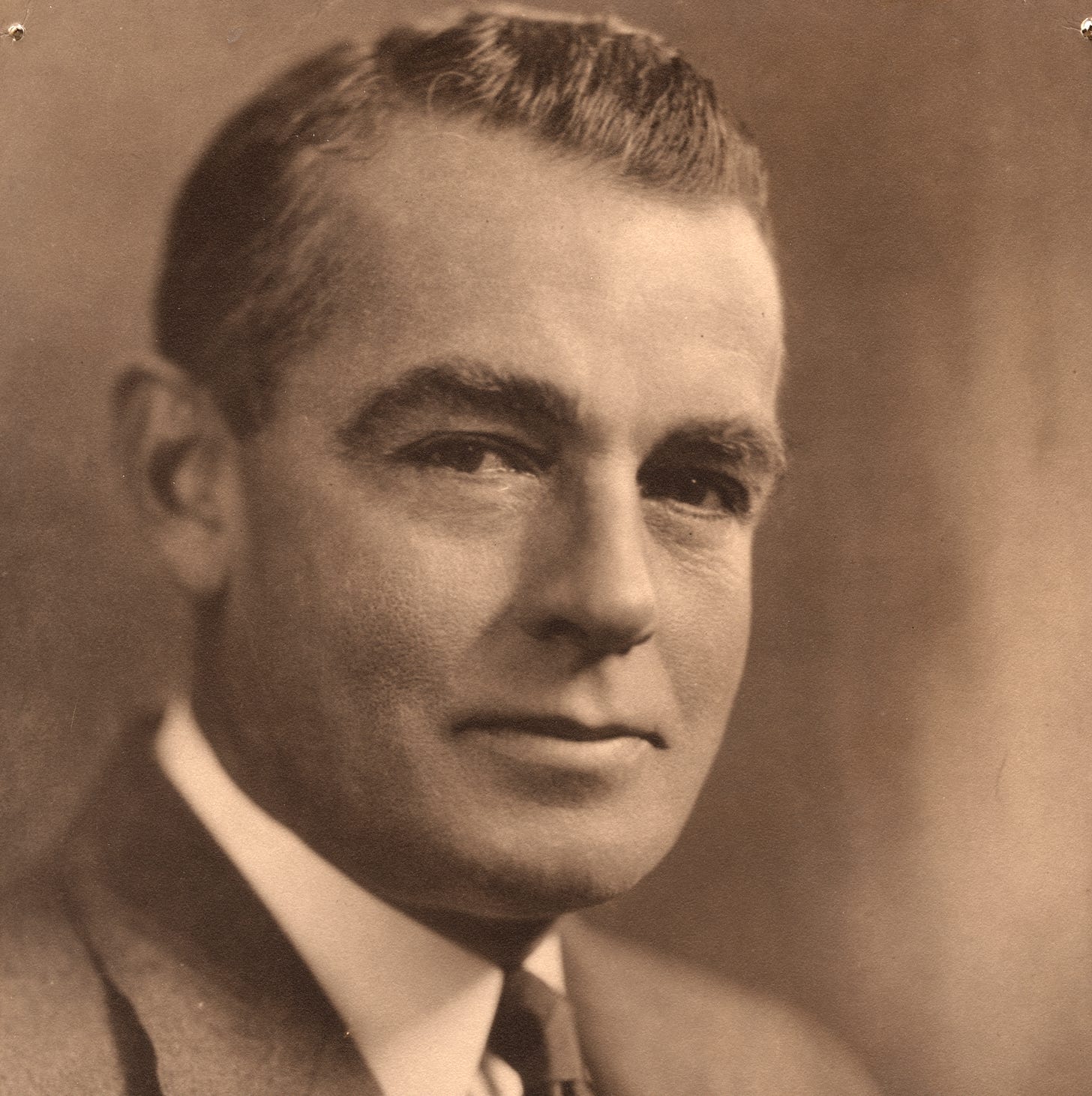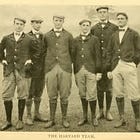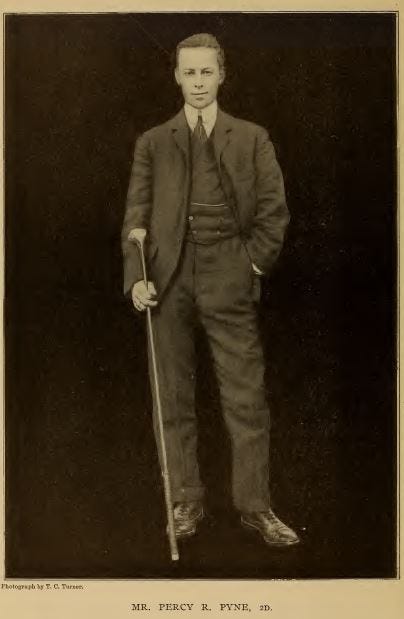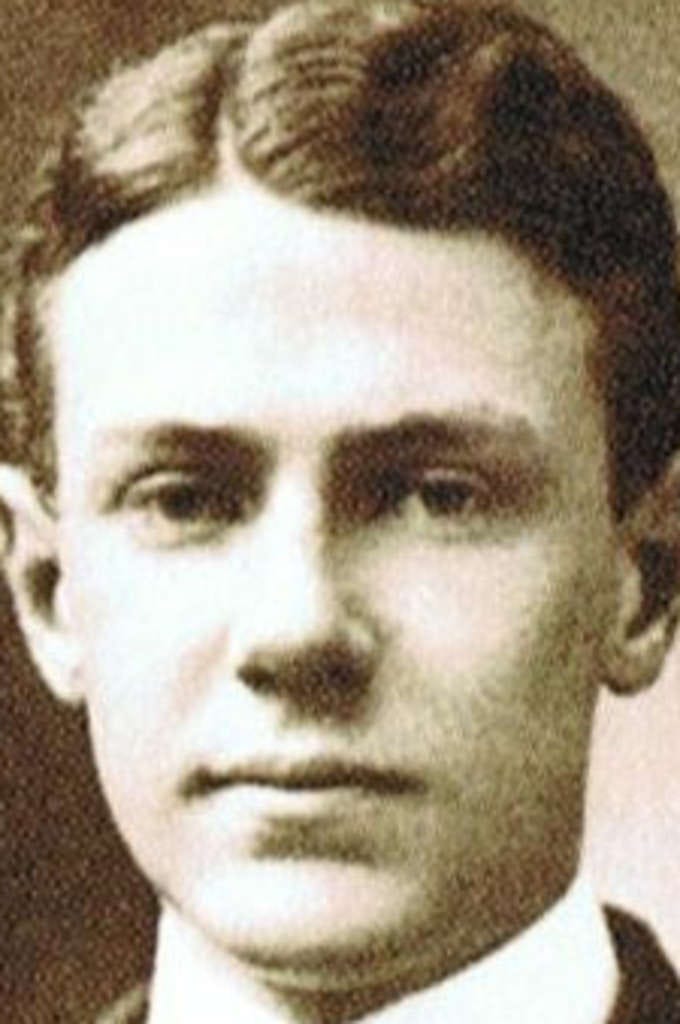Quick 9: Early Intercollegiate Golf
I tend to write too much. Overstuffing each sentence with dashes, parenthesis, and asides. I know I do this, but I can't stop. There's just too much to tell. As far as indulgences go, it's pretty tame, but I need to quit.
As a way to do that I’m going to be putting these rabbit hole tidbits into a series that will be as deliberately to-the-point as I can make them. Some you’ve heard before, maybe even from me in an earlier post. Hopefully even the previously known will still be interesting, like a hole on a familiar golf course.
Won’t you join me for a quick 9?
*NOTE: underlined text provides a link to references or sites with more information
1896-1898 CONNECTION
1. Havemeyer
You have likely heard of Theodore Havemeyer (or at least the last name), co-founder of Newport CC and namesake for the trophy presented to the US Amateur winner. Theodore was the first president of the USGA in 1894 and served until 1896. His grandfather, Frederick Christian Havemeyer, was the “FC” of W. & F.C. Havemeyer Company sugar refineries in the early-1800s which would eventually become Domino Sugar around 1900. Theodore’s father, Frederick Christian Jr, was a graduate of Columbia University (1825) and Theodore even provided funds for one of the six original buildings on Columbia’s current campus in honor of his father. His two youngest sons - Henry Osborne (“H.O.”, born 1876) and Frederick Christian (“F.C.”, born 1879) - played on the Yale golf team in 1896 in the initial competition prior to the first intercollegiate golf championship.
2. James Curtis
The second ever individual intercollegiate winner, James F Curtis [Harvard], happened to be related to some very special golfing people. His cousin, Laurence Curtis, was the second ever USGA President and was serving in that role when James won his championship in 1898. James’s sisters, Harriot and Margarete, were superstars who won several USGA championships. Even if you don’t know their story you’ve undoubtedly heard of the trophy they donated, the Curtis Cup.
3. Archie Reid
John Reid Sr, known as the “Father of American golf”, had two sons who played golf at Yale. John Reid Jr was one of the Yale team founders and was the third ever individual champion in the Fall of 1898. The younger son, Archibald “Archie” Reid, was a member of the 1902 championship team. He later served as President of the USGA 1938-39, the year that the NCAA took over running the intercollegiate golf championships from the USGA.
4. Record Book Mix Up
Speaking of James Curtis and John Reid Jr, they are a part of a record book mix up that has lasted over 100 years! The results for the 2nd and 3rd Intercollegiate Championships appeared in reverse order in the NCAA record book since they took over in 1939, however this was a clerical problem dating back to at least 1905. One theory is that the double championship in 1898 along with the cancelled tournament for 1900 caused a great deal of confusion which some national publication got wrong somewhere along the way and things were just never properly sorted out. There are hints in newspaper accounts throughout the Intercollegiate Golf Association’s existence that they were aware of certain playing records, however no definitive document from the long-defunct student-run organization has yet surfaced. It seems that if such a thing existed, it should not have been difficult to correct the misconception, yet the inconsistency has persisted for over a century. Beyond just getting the record book corrected, this is important in understanding the dynamics of winning permanent possession of the first ever championship trophy, the Ardsley Cup.
Spring 1898
Team champs = Yale (2nd in a row)
Individual champ = James F Curtis [Harvard]
Fall 1898
Team Champs = Harvard (blocked Yale winning Ardsley Cup)
Individual champ = John Reid Jr [Yale]

1902 CONNECTION
5. Rules Apply Even to the US Am Champ
The 1902 US Amateur champion was a 19-year-old young man named Louis N James. After winning arguably the biggest amateur golf title in the country at the time, James joined the Princeton team in the fall, but was not allowed to participate in the October intercollegiate championship due to “faculty restrictions”:
It was explained that James could not play on account of faculty restrictions, he being a special student, and not a regular first-year man.
Golf magazine, Dec 1902 issue
The same thing happened to Robert Gardner at Yale in 1909, however by then there was a steadfast rule baring all freshmen from competing in collegiate athletics.
6. Before There Were Rules
Two notable freshmen earned honors at the 1899 intercollegiate championship. First, Charles Hitchcock Jr [Yale] won medalist honors in the individual stroke play qualifier used exclusively to determine the 8 players eligible for the championship match play bracket. Hitchcock was defeated in the semifinals by Princeton freshman Percy Pyne 2nd. The scheduled 36 hole Finals match between Pyne and Harvard’s James Averill didn’t get started until 11am the next morning and finished in the dark on the 37th hole. Pyne’s victory made him the first freshman intercollegiate golf champion.
7. Pyne Sidelined in Spring 1902
Princeton was forced to play the Spring 1902 championship without the 1899 champ, Percy Pyne 2nd. The reason was due to a “condition in experimental physics” (aka: his grades weren’t good enough) and his appeal to the school’s athletic committee was unsuccessful. Although the Princeton players did well individually, they were trounced by the eventual champion Yale team in the first round of team match play and surely could have used Pyne’s experience.
Family Connection: Percy Rivington Pyne 2nd’s father, M Taylor Pyne, was an incredibly wealthy Princeton benefactor who was instrumental in the development of the golf club in 1895. If you’re confused about Percy’s name - “the 2nd” - you’re not alone. You might be even more confused when you find out that his uncle, his father’s younger brother, was named Percy Rivington Pyne II.
8. Harry Hollins Jr Sidelined Too
Harvard was also missing a player due to a school “condition.” Harry Hollins had been instrumental in Harvard’s victory over Yale in the 1901 championship, and undoubtedly would have been a contributor in the 1902 finals rematch that went Yale’s way.
Family Connection: Harry’s father, HB Hollins Sr, was known for the banking and brokerage firm bearing his name, but he was also the first Metropolitan Golf Association president. Far and away the most interesting golfer in the family, however, was his sister Marion Hollins. She was a USGA champion, captain of the inaugural Curtis Cup in 1932, developer for both Cypress Point and Pasatiempo, AND is now recognized for her contributions to Augusta National.
9. Hugh Wilson, Architect
Today, Hugh Wilson is known for his contributions to golf architecture in the Philadelphia area, particularly at Merion. Wilson also has two very interesting ties to Princeton University golf. The primary connection is as the 1902 team captain and medalist in the Spring 1902 championship. Another connection is through William Flynn. Wilson hired Flynn to work with and mentor during the construction of Merion. Later, after Flynn was established as one of the great course architects of his time, the mentee paid homage to his mentor by redesigning Princeton’s Springdale GC in 1927.
Thanks for reading!




